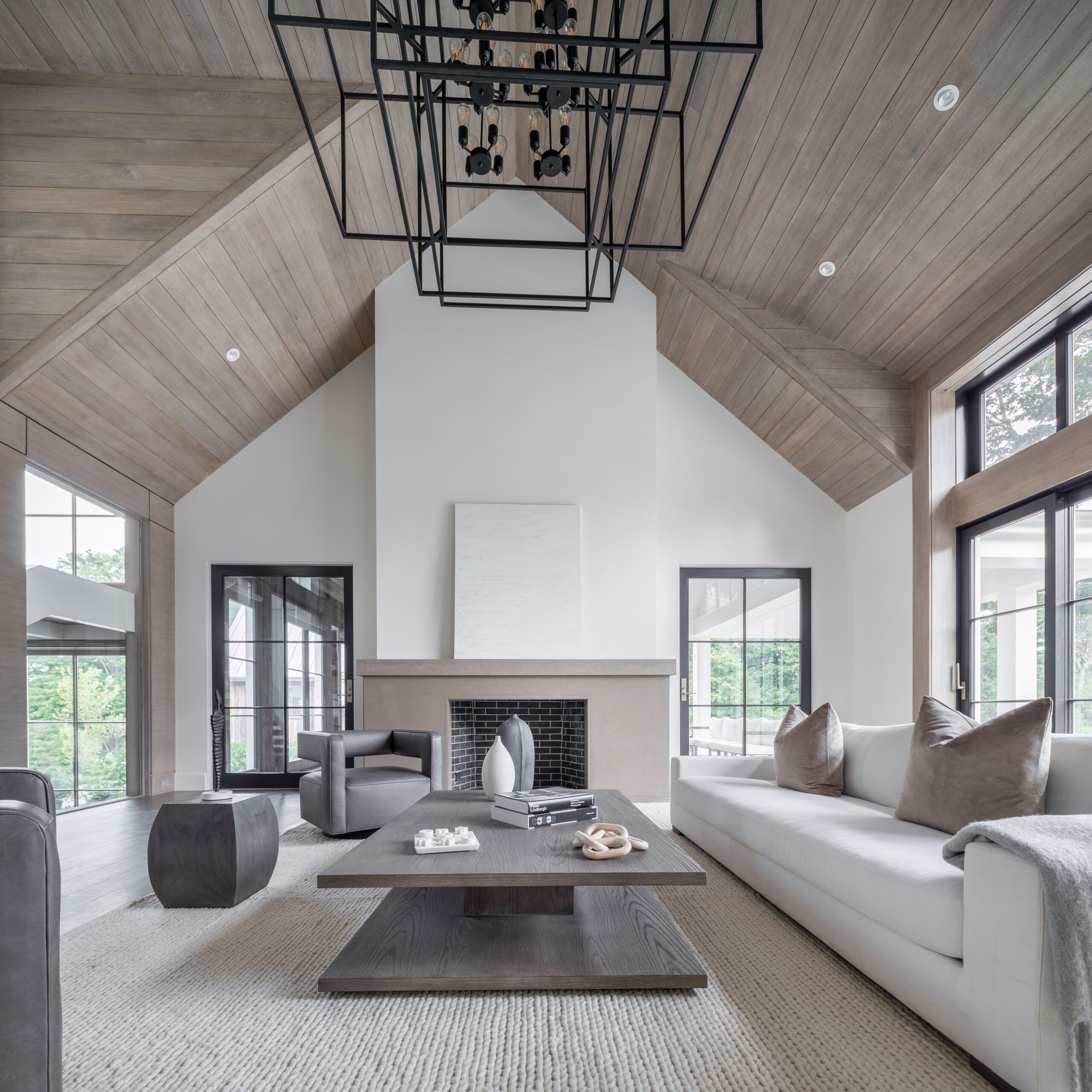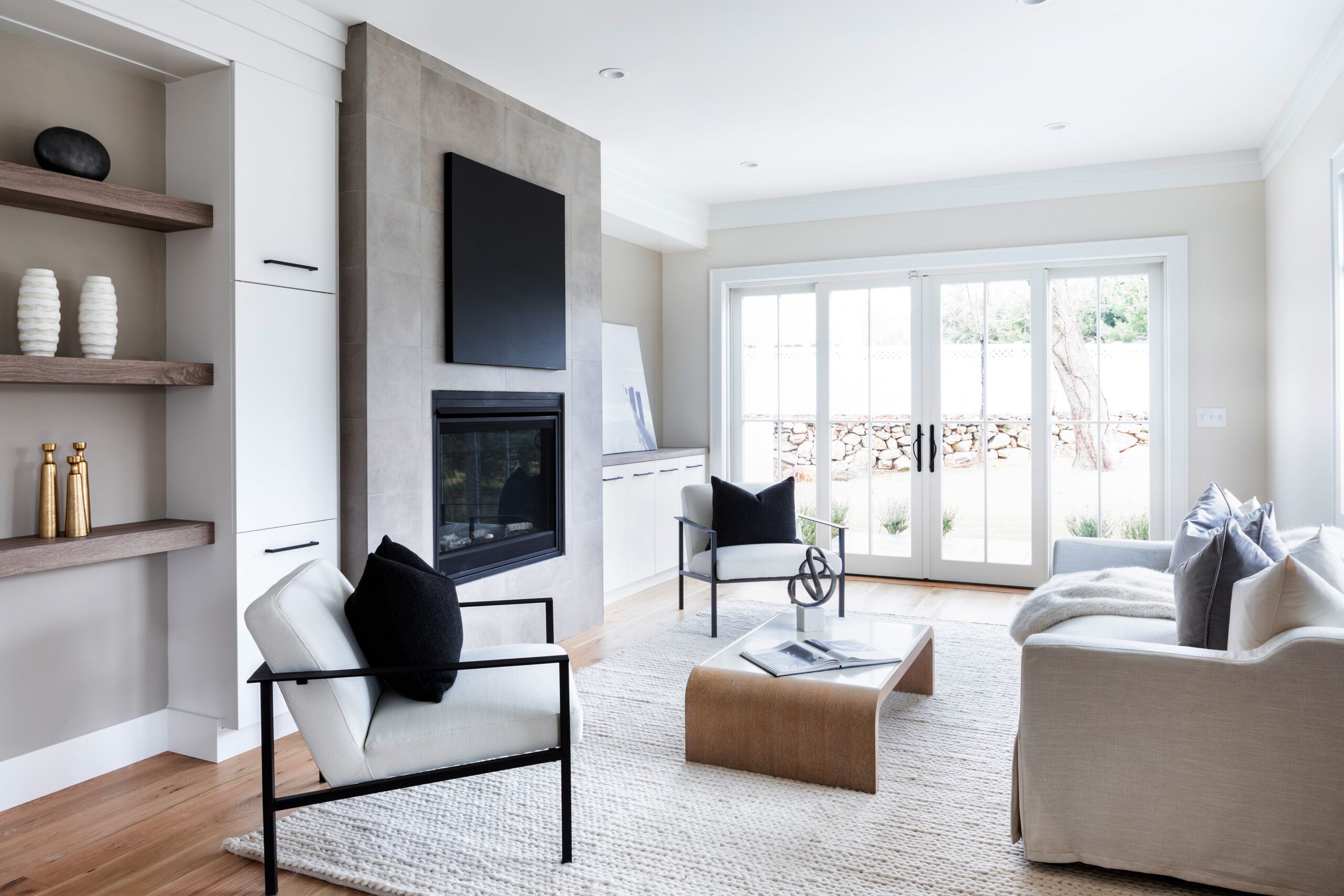Home staging can help your home look more attractive to buyers. While there are numerous businesses that will do it for you, it’s easy enough to do on your own. “Staging is crucial now,” says Leia T. Ward, CEO and principal designer of LTW Design. “Through technology—how fast we can see things, want them, and get them—buyers will spot a place online and think: ‘I found it! I have to have this house!’”
Read on to learn the principles behind effective home staging and get Ward’s expert advice.
Preparing Your Home for Staging
Before staging any furniture, thoroughly clean your house and make any necessary repairs. According to Ward, a neat and orderly environment is fundamental to increasing your home’s appeal.
Declutter and Depersonalize
- Toss junk mail in the recycling bin.
- Keep surfaces clutter-free: keys, phones, purses, backpacks, etc.
- Empty junk drawers and organize cabinets (certain to be opened by house hunters).
- Don’t stash items in closets, which will appear smaller if crammed with stuff.
- Remove any unnecessary furniture.
- Donate what you can, and store what you can’t off-premises.
Make Repairs
- Fix squeaky floors, unstick drawers, loosen stubborn doors, mend torn screens, and address other noticeable problems.
- Treat stained or discolored surfaces.
- Check that all lighting fixtures and electrical outlets are in good working order.
Deep Clean Your Space
- Pay attention to often-overlooked areas like ceiling fans, baseboards, and window sills.
- If you have pets, be extra diligent about removing any odors or stains they may have caused.
- Clean windows will let in more light, making the space appear brighter and more inviting.
- Consider hiring professional cleaners for a one-time deep clean.
Home Staging Strategies
Small updates to your home can make a big impact. Low-cost items like new throw pillows, a fresh shower curtain, or updated light fixtures can transform a space. DIY projects, like painting an accent wall, can also improve appeal. You can find budget-friendly decor items at thrift stores, garage sales, and discount retailers.
Create a Neutral Color Palette
One of the most effective staging techniques is to create a neutral color palette throughout your home. This doesn’t mean everything has to be white—warm neutrals like light gray, beige, and greige can make rooms inviting while allowing buyers to imagine their own style in the space. If painting isn’t in your budget, consider using neutral-colored fabrics, rugs, and accessories to achieve a similar effect.
Maximize Light and Space
Remove heavy curtains and open blinds to let in natural light. If a room feels cramped, consider removing some furniture. Enhance lighting by adding lamps in dark corners and using high-wattage bulbs where appropriate. Mirrors can also reflect light and create the illusion of more space in smaller rooms.
Balance Sophistication and Comfort
A staged home should not reflect your personal taste, but it shouldn’t look bland either. “Aim for casual sophistication,” says Ward. “Casual enough for buyers to envision themselves, kids, and pets living there, yet sophisticated enough for it to feel like they can have company in style.”
One of Ward’s techniques to achieve this is to introduce multiple textures: “We add layers and layers of texture—velvet pillows, linen throws, knobby accessories, natural greenery—to bring a space to life.” Make sure that the different textures make sense together; the goal is to create a cohesive look, not a jumble.
Know Your Buyers
Research the typical sale price for similar houses in your neighborhood as well as buyer demographics. “Our stagings are strategic interior marketing designs specifically created to engage the targeted buyer,” says Ward. In general, she says, younger buyers “want to move into a house that looks like a page in a magazine, with clean lines and a modern vibe.”
More mature buyers lean toward a warmer aesthetic. ”We’ll use softer colors in our throw pillows and artwork and furnishings that are cozy rather than stiff.”
Room-By-Room Staging Guide
Some of the staging particulars may depend on the room. Keep the following advice in mind as you stage each room of your house.

Living Room
- “Exile any extra small pieces that take up space, like bins and baskets,” Ward says. “You want buyers to feel there is a ton of square footage and space to easily walk around.”
- Stage simple furniture, like a solid off-white linen track arm sofa and a curved or rectangular coffee table. Don’t use overstuffed, patterned, or detailed pieces.
- Use slipcovers in white or soft, pale colors on any couch or chair past its prime.
- “Avoid furniture sets where sofa, ottoman, and accent chair all match,” Ward says. “Instead, mix and match to create a curated look.”
Kitchen
- Clear all small appliances from countertops.
- Keep only matched sets of dishware and glassware in cabinets, no novelty “World’s Best Whatever” mugs.
- Deep clean and depersonalize the fridge, inside and out—no magnets, memos, or drawings.
- Remove all waste from trash cans and recycling bins.
Dining Area
- Place a bold centerpiece on the table, such as a large vase, an orchid, or greenery.
- Keep minimal items in open or glass shelving pieces, such as a hutch. Any dishware or serving sets should match.
Bedrooms
When it comes to the bedroom, “Think five-star hotel room!” Ward says. “Present the kind of clean luxury that makes potential buyers yearn to stay in a room like this.”
- For the primary bedroom, use white bedding with a fluffy white duvet cover. You might also include a gray or blue throw on the bed.
- Make sure the beds are made neatly.
- Pick up any toys or items on the floor.
- Remove posters or hanging decorations from the walls.
- Add large matching lamps
- Place a soft, neutral area rug
- Put only minimal clothing in closets (will make them look larger) and remove all mismatched hangars.
- Remove any exercise equipment, laundry baskets, or other extraneous items.
Bathroom Staging Techniques
Similarly, in the bathroom, “Think luxury spa!” Ward says.
- Take extra care to make bathrooms sparkling clean.
- Choose a simple and pristine (ideally brand new) shower curtain.
- Include rolled-up washcloths and fluffy, white towels.
- Place simple greenery or single, well-groomed plant.
- Remove personal care or grooming products from sight.
Exterior
- Pay special attention to your front entrance. Ensure the door hardware is in good condition, add a fresh coat of paint to the door if needed, and consider placing a welcoming mat and potted plants by the entrance.
- Manicure your lawn and planting beds (with mulch added to neaten less-than-perfect zones).
- Set out planters or boxes with colorful blooms.
- Power wash or paint exterior if needed.
- Check and repair (if necessary) door locks, knobs, bell, and latches. These should all function smoothly.
- Clean or replace house numbers and mailbox.
- Add exterior lighting.
- Keep trash and recycling out of sight.
- Use outdoor furniture that is clean, simple, and comfortable.
- If you have space, set up lounge area in addition to a dining area. “Adirondack chairs, chaises, and/or outdoor sofa are all very valuable to today’s buyers,” Ward says. “Ideally, you’d have a fire pit with seating around it.”
Professional Home Staging
Professional stagers know how to add value to a home, and they have access to a wide range of furniture and decor items. They can quickly identify and enhance your home’s best features, potentially leading to a faster sale and higher selling price. However, their services can be costly–ranging from $300 to $600 for a consultation, with monthly fees as high as $600 per room.
If your home is vacant, high-end, or in a competitive market, professional staging might be worth the investment. It’s also helpful if you’re short on time or unsure about your design skills. Realtors can often recommend trusted stagers who work within different budgets. In some cases, real estate agents may cover staging fees themselves.
Virtual Staging
Virtual staging software allows buyers to visualize different furniture arrangements or styles in empty rooms. These tools are particularly useful for vacant homes or homes that are difficult to stage physically. Virtual staging can provide a low-cost way to showcase potential without the need for physical furniture.
Preparing Your Home For Virtual Showings
Ensure your home is well-lit and clutter-free for virtual tours. Pay attention to areas that might be visible in the background during video calls or virtual showings. Performing a “trial run” of a virtual tour can help identify any areas needing improvement before potential buyers view the property online.
Our Conclusion
Staging your home effectively is crucial in today’s fast-paced real estate market. By following the steps in this guide, you can create an inviting space that appeals to a wide range of buyers.
Whether you choose to stage your home yourself or hire a professional, the effort you put into showcasing your home’s best features can lead to quicker sales and potentially higher offers. Remember, a well-staged home not only looks great in person but also shines in online listings, attracting buyers who are ready to say, “I have to have this house!”

